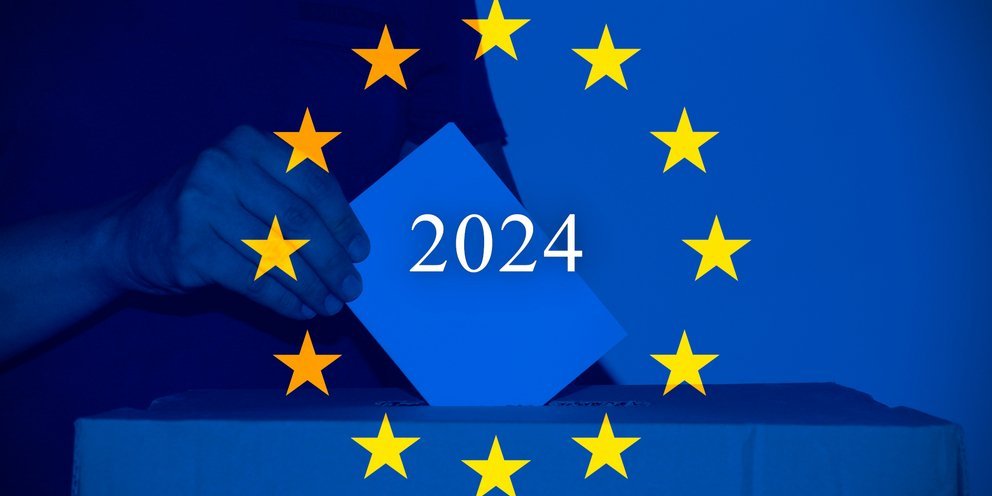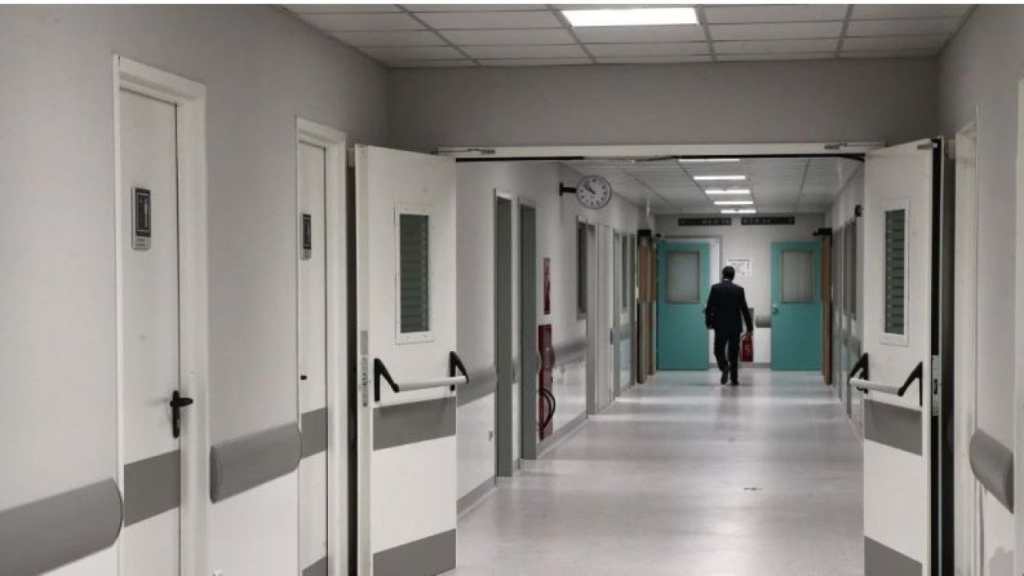The report highlights accessibility issues raised by the Cyprus Paraplegics Organization (O.P.A.K.) concerning the new stadium in Limassol, as well as other football stadiums.

In a series of recommendations aimed at reversing the situation prevailing in football stadiums regarding the accessibility of people with disabilities, a special report by the Office of the Commissioner for Administration and the Protection of Human Rights, Maria Stylianou-Lottides, is issued. The goal, emphasized, is to take specific measures so that people with disabilities can enjoy sports events equally and without any discrimination, including football matches at all football stadiums.
According to the Commissioner, there should be:
· Parking spaces for people with disabilities, available at all times, near the stadium entrance, and measures taken to prevent them from being occupied by unauthorized individuals.
· Sufficient and continuous access chain from the parking area to the stadium gates, where there should be appropriately configured ticket booths and service points at a lower height for people with disabilities using wheelchairs, as well as separate accessible non-revolving entrance gates to the stadium.
· Unobstructed and obstacle-free movement for people with disabilities to their seats within the stadium, as well as along the aisles and to/from the refreshment areas and restroom facilities of the stadium.
· Specially designed seating areas for people with disabilities that ensure an equivalent view of the playing field to that enjoyed by other attendees in the stadium. Based on standards of adequate visibility, the line of sight for people with disabilities, especially those who, due to the nature of their disability, remain seated throughout the match, should remain clear and unaffected by obstacles.
· In any case, these designated seats, as well as restroom facilities and refreshment areas, should be available in the stands not only of the home team but also of the visiting team, so that people with disabilities have the opportunity, like other fans attending the stadium, to choose their seat and watch the match alongside the supporters of their team. They should enjoy the same experience within the stadium without feeling excluded or restricted in any way.
“The specific areas, which are envisaged to provide protection from weather conditions, should be located both at the top of the stands and at the back of the boxes, as well as close to the playing field, at a higher level, however, to ensure an adequate field of vision. Furthermore, they should provide easy and adequate access to the restrooms and refreshment areas, as well as to the exit gates in case of emergency.”
· Ramps and specially designed elevators for wheelchair users to allow them access to the upper rows of the stands and other shared areas.
· In existing stadiums and where the installation of a suitable conventional elevator is difficult, vertical lifting platforms or stair lifts should be provided to ensure access for people with disabilities to all key areas of the stadium.
· An audio description service of the match for spectators with visual impairments or hearing impairments, which should not be limited to a predetermined area of the stadium, but should provide a portable audio description system (via headphones) so that users of the service can choose where they want to sit to be close to their relatives and friends and among the fans of their team.
· In any case, the attendants of people with disabilities, besides being exempted from the ticket purchase obligation as highlighted by the relevant UN Committee, should have an available seat close to the person they are accompanying, to provide immediate and timely support or assistance that the person with a disability may need, especially in case of an emergency.
· Determination of a specific timetable with defined deadlines to identify and record all existing barriers to accessibility for people with disabilities in football stadiums and to develop a plan for implementing necessary improvements within a specified timeframe.
The Commissioner’s Office made recommendations to the Cyprus Sports Organization (CSO), the Cyprus Football Association (CFA), and the Stadium Licensing Authority to take necessary actions so that people with disabilities can enjoy equal access to sports facilities, especially to football stadiums hosting First Division matches, on an equal basis with others.
The report highlights accessibility issues raised by the Cyprus Paraplegic Organization (CPO) regarding the new Limassol stadium, as well as other football stadiums where First Division matches are held.














